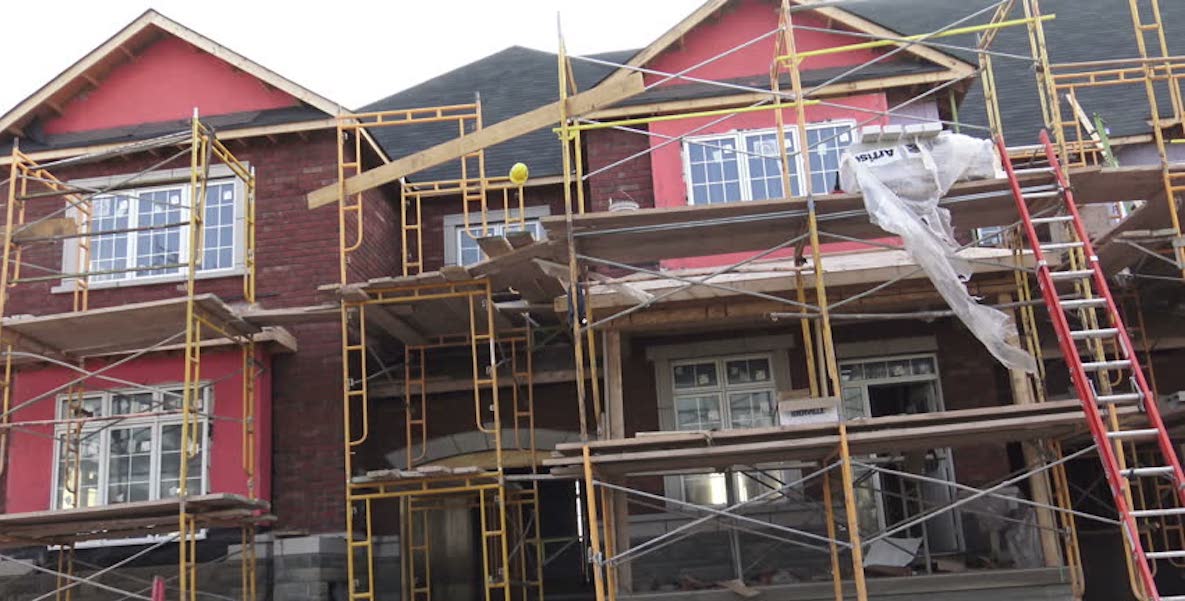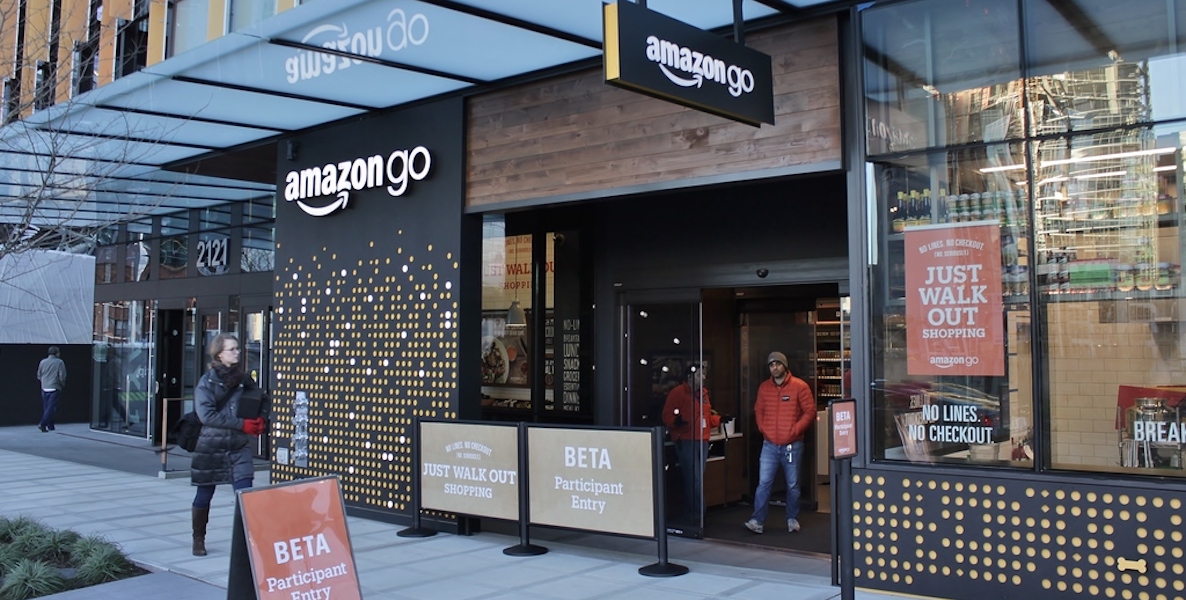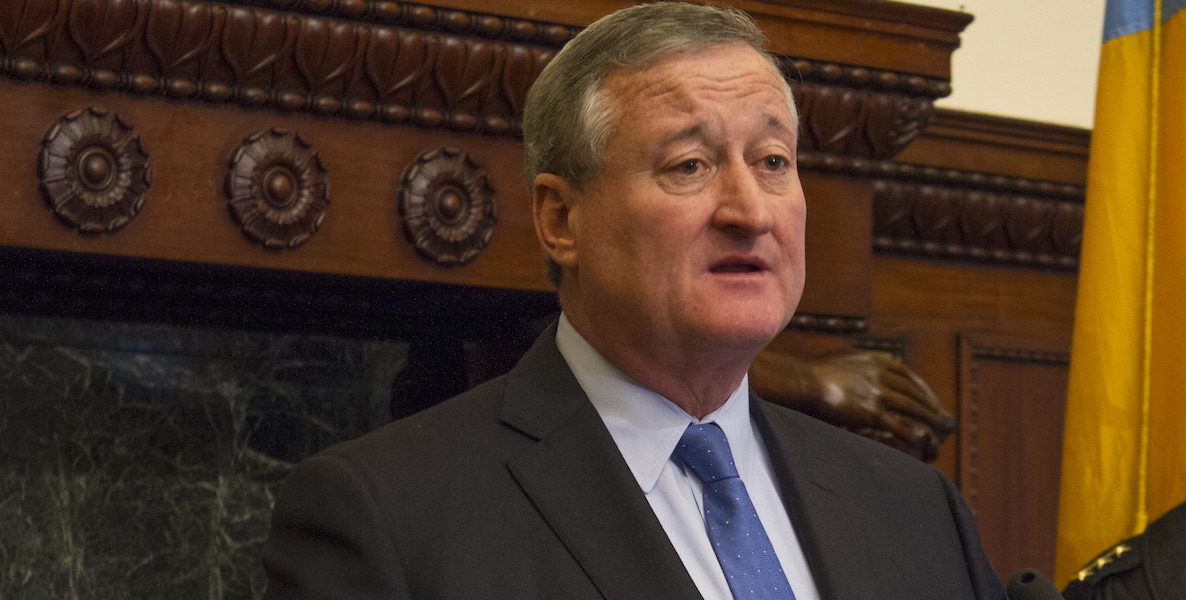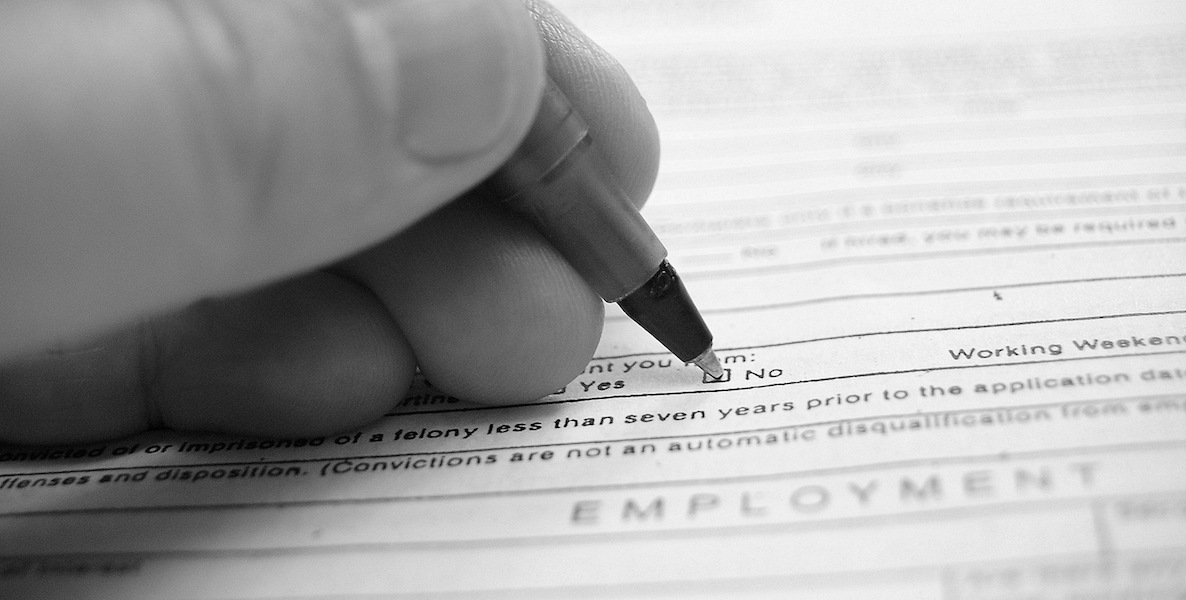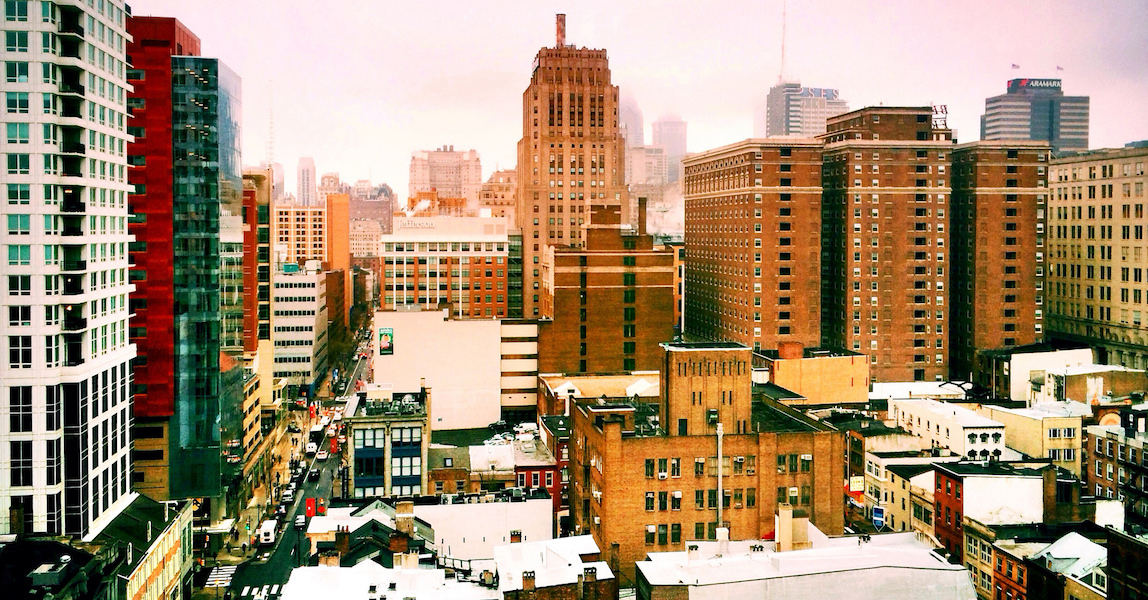Deep in the recent jobs report number doled out by the federal Bureau of Labor Statistics, is a glimpse of what the unemployment situation in Philadelphia looks like.
And, it doesn’t look as good as it seems.
The latest figures suggest we’re chugging along, with the official national rate of 4.1 percent lulling the masses into premature satisfaction. But that only tells part of the story. And some healthy skepticism suggests that we never fully recovered from the financial gutting of the Great Recession.
As several economists and observers have pointed out, the country’s unemployment rate only includes those people who have actively looked for work in the past four weeks. It does not include folks who have given up looking, or who are employed part-time but would rather be working a full time job—what the BLS calls U-3.
There’s another figure, less touted, that captures the reality of unemployment as most of us would consider it. That’s the percent of people in the United States who have unsuccessfully looked for work in the last month, plus those who have looked in the last year, plus those part-time workers who want full-time employment—what is referred to as U-6.
City officials look to the booming skyline as the major gauge of progress, as opposed to whether the city is less poor or better to live in.
In the most recent report, that is 8.1 percent—twice the figure officials would like you thinking about
And even that is a conservative estimate. “Alternate” economist John Williams at his site ShadowStats—dismissed by most mainstream economists, but celebrated by skeptics of government reporting—calculates the actual national unemployment rate at 21.7 percent. That is probably too high. But it makes the larger point: Calculating the actual rate of people in this country without jobs is an imprecise science. So the feds are inclined to give us the figure that most suits them.
It’s all psychological; a low unemployment number provides not only a subtle confidence boost to weary consumers and voters, but it also offers superficial protection to elected officials, especially one routinely and obscenely braggart President Trump. He wasted little time, for example, in touting a record low in the official black unemployment rate (which, if true, reflects the growing economy under Pres. Obama’s tenure).
Read more about jobsRead More
And that figure, again, only counted those U-3 workers. In the context of that U-6 “discouraged worker rate” that’s likely more than double. Which, sadly, wouldn’t be all that surprising given the high poverty situation in Philly, which currently stands at about 26 percent—in contrast to the national poverty rate of 14 percent—a number that hasn’t budged in decades
A vast bulk of the Philly poor are in that long-term unemployed, underemployed or completely discouraged lot. Much of that is reflected in the continued struggles of the city’s majority black population; national black unemployment—often a result of long time systemic and institutional challenges—is still the highest out of all demographic groups, which naturally aggravates the jobless situation in Philadelphia.
Poverty and unemployment in the city can’t be a short-term numbers fix. It must be an ambitious, long-term solution that doesn’t see us in the same place a decade or two from now.
There’s no indication city and state policymakers are placing any sense of urgency on the question of unemployment in the city because everyone is looking for less miserable spin. City officials look to the booming skyline as the major gauge of progress, as opposed to whether the city is less poor or better to live in. Many point to 2017 BLS data showing 1.7 percentage point job growth in Philadelphia, a half a percentage point increase from the previous year. But even that is misleading, as it puts us well below average and near the bottom of the list of growing cities.
Consider the reality of jobs in Philly. Yes, Comcast is bringing several hundred new positions to its new skyscrapers. And sure, it might be good if Amazon brought its jobs here. But for now, about 39 percent of working Philadelphians commute to jobs outside the city—not because they necessarily want to, but because that’s where the jobs are. And to Millennials who are responsible in part for the city’s growth, the prospect of future jobs is the reason they expect they’ll have left Philly within a decade.
Jobless problem, what jobless problem?
Attend a Job Fair tomorrowDo Something
Elected officials can’t simply put their head in the concrete sand on this, nor can they rely simply on better numbers out of fear that highlighting an employment problem in the city makes it less attractive. What makes a city more attractive is knowing that its leaders possess a more forceful mindset on the topic. Policymakers will need to link both joblessness and poverty as two major priorities that are by no means mutually exclusive. Poverty and unemployment in the city can’t be a short-term numbers fix. It must be an ambitious, long-term solution that doesn’t see us in the same place a decade or two from now.
Header Photo: Kathryn Decker for Flickr CC.


